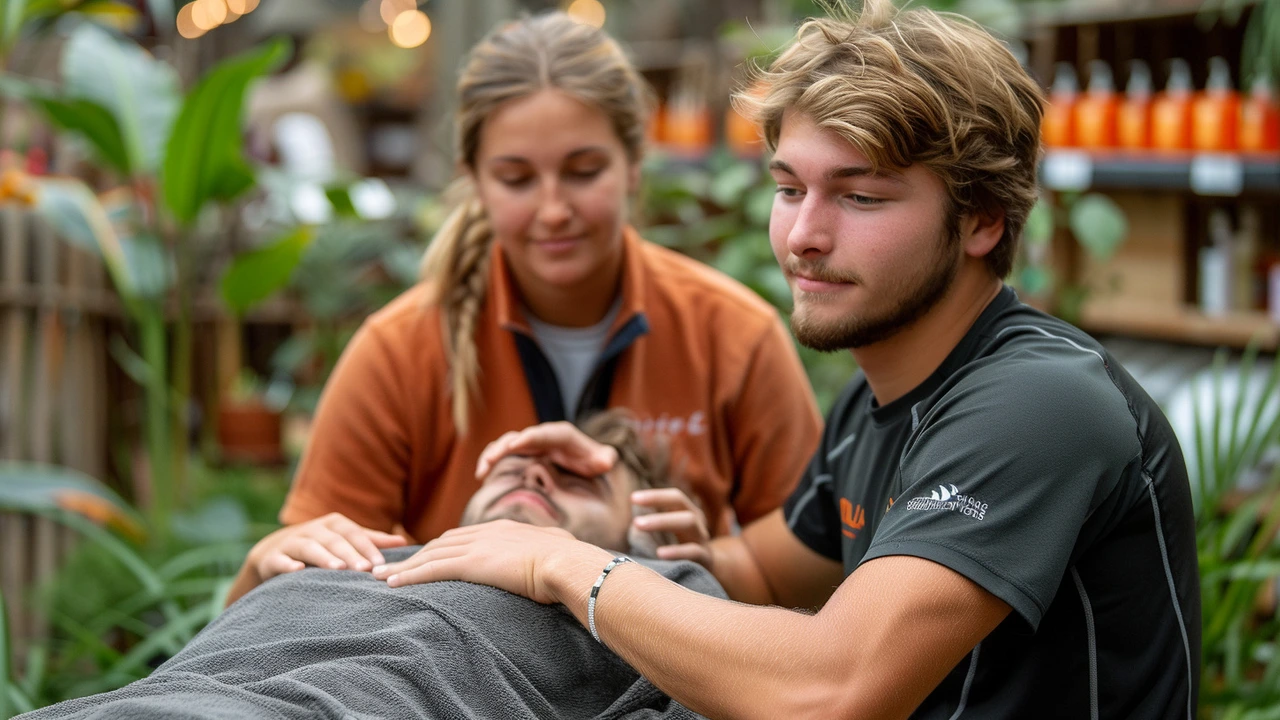Want to stay active without getting sidelined? Injury prevention isn’t about avoiding movement — it’s about smart habits that cut risk. A few small changes to how you move, train, and set up your space can keep you pain-free and on track.
Start with warm-ups. Five to ten minutes of light movement raises blood flow and loosens joints. Try brisk walking, dynamic leg swings, arm circles, and ankle rolls before workouts. This lowers the chance of muscle strains and joint twists.
Build strength and balance. Weak muscles are a top reason people get injured. Add two short strength sessions a week focusing on legs, hips, and core. Single-leg stands, bodyweight squats, and glute bridges are easy, effective moves you can do at home. Improving balance reduces falls and helps when you trip or land awkwardly.
Progress slowly. Don’t jump volume or intensity overnight. A good rule: increase training load by about 10% per week. That includes miles, weights, or duration. Sudden spikes overload tendons and muscles and invite injury.
Wear the right gear for the job. Running shoes with proper support, helmets for biking, and well-fitted pads for contact sports matter. But gear won’t save bad technique. Learn proper form — even small tweaks in posture or foot placement cut risk dramatically. If you’re unsure, ask a coach or physical therapist for a quick check.
Respect recovery. Sleep, hydration, and rest days help tissues repair. Aim for regular sleep and drink water before, during, and after activity. When muscles feel unusually sore or tight, add a light recovery session instead of pushing harder. Active recovery—easy walking, gentle stretching, or a short mobility flow—keeps blood moving without extra damage.
Small home fixes prevent big injuries. Remove loose rugs, keep walkways clear, add night lights, and use grab bars where steps or slippery surfaces exist. In the kitchen, use a stable step stool instead of standing on a chair. For older adults, non-slip mats and railings cut fall risk a lot.
Fix your workspace. Set your screen at eye level, keep your keyboard close, and take a 2-3 minute microbreak every 30–45 minutes. These tiny pauses stop repetitive strain and neck or back pain from building up.
Listen to your body. Soreness after hard work is normal; sharp, burning, or shooting pain is not. If swelling, numbness, inability to bear weight, or loss of range of motion shows up, get checked sooner rather than later.
Pick two habits and try them this week—warm up before activity, or clear a tripping hazard at home. Small steps add up fast, and staying consistent beats big, sporadic efforts. Want a quick checklist or simple exercises to start? Ask and I’ll send a short plan you can use right away.

As an avid sports enthusiast, I've come to appreciate the crucial role sports massage plays in injury prevention. This post delves into the science behind sports massage, exploring how its techniques can help boost athletic performance and maintain our health. More than just relaxation, a good professional sports massage can play a role in preventing injuries and speeding up recovery time. Join in and gain insights into how incorporating sports massage into your fitness routine could make a game-changing difference.
Read More